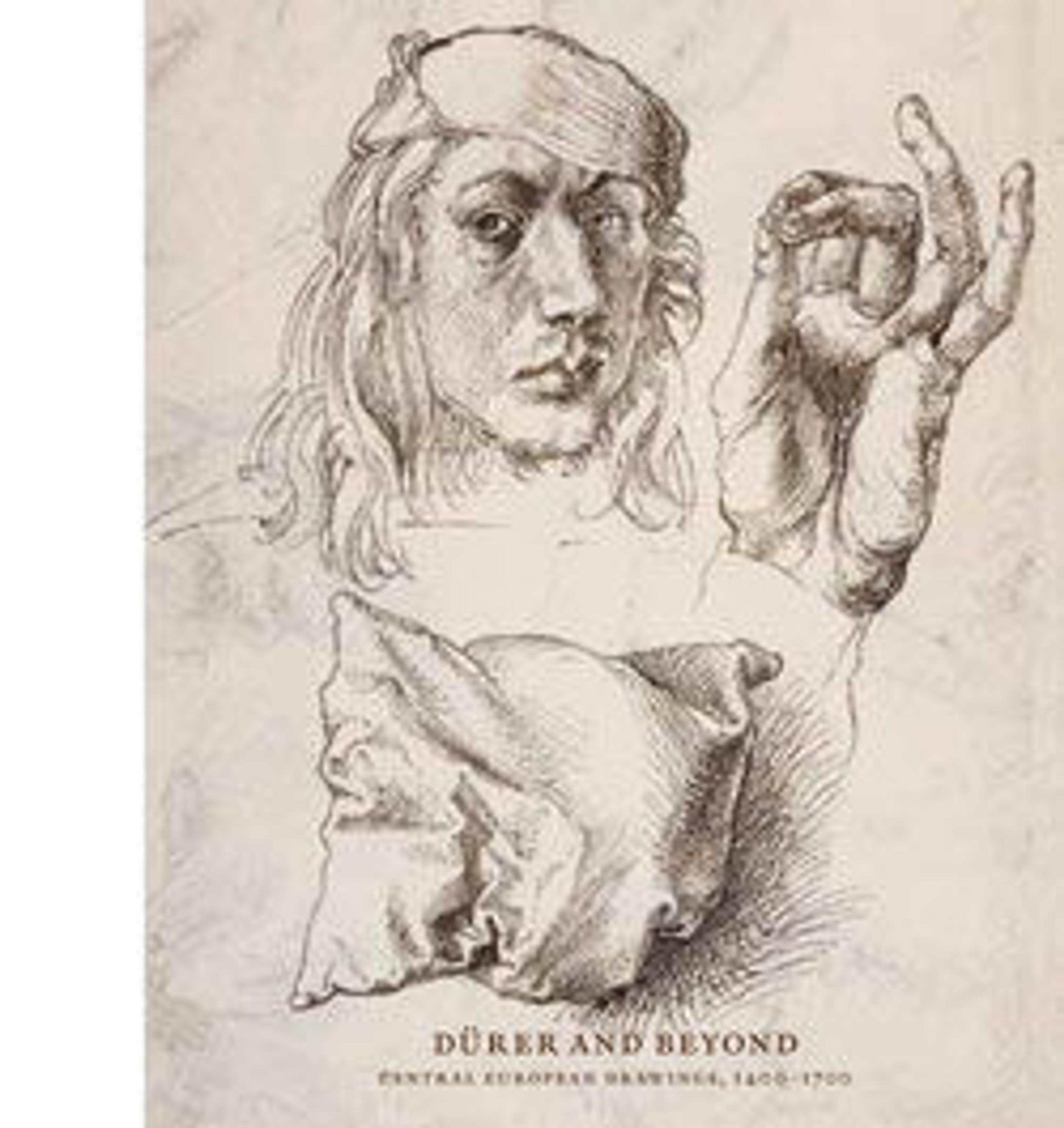Head of a Woman
The refinement of the International Gothic Style and the flowering of the visual arts in Prague at the court of Emperor Charles IV and his successors are both apparent in this sheet, which is among the few drawings of this period to have survived. Most of these drawings are likely to have once been part of pattern books, which artists kept in their workshops to provide them with models for paintings and illuminations. This drawing, one of the most outstanding of its kind and apparently unique in its use of color, probably served as a model for representations of the Virgin. Its style has been linked to a sheet (now in the Cleveland Museum of Art) from the so-called Seitenstetten Antiphonary, made for a Bohemian monastery about 1405, and it can be attributed to an artist active in the workshop that produced that manuscript. Its importance as a relatively precisely attributed early fifteenth-century drawing is matched by its exquisite beauty.
Artwork Details
- Title: Head of a Woman
- Artist: Anonymous, Bohemian, 15th century
- Date: ca. 1405–10
- Medium: Watercolor on vellum
- Dimensions: sheet: 3 9/16 x 2 3/4 in. (9.1 x 7 cm)
- Classification: Drawings
- Credit Line: Purchase, several members of The Chairman's Council and Jean A. Bonna Gifts, 2010
- Object Number: 2010.119
- Curatorial Department: Drawings and Prints
More Artwork
Research Resources
The Met provides unparalleled resources for research and welcomes an international community of students and scholars. The Met's Open Access API is where creators and researchers can connect to the The Met collection. Open Access data and public domain images are available for unrestricted commercial and noncommercial use without permission or fee.
To request images under copyright and other restrictions, please use this Image Request form.
Feedback
We continue to research and examine historical and cultural context for objects in The Met collection. If you have comments or questions about this object record, please contact us using the form below. The Museum looks forward to receiving your comments.
